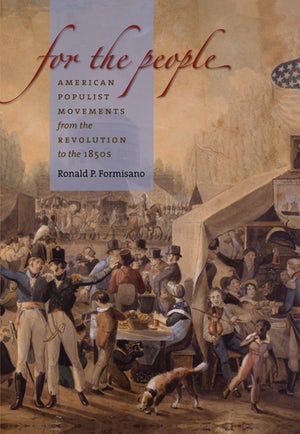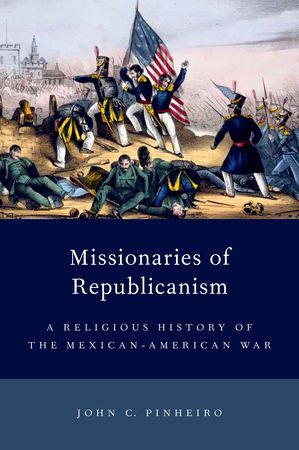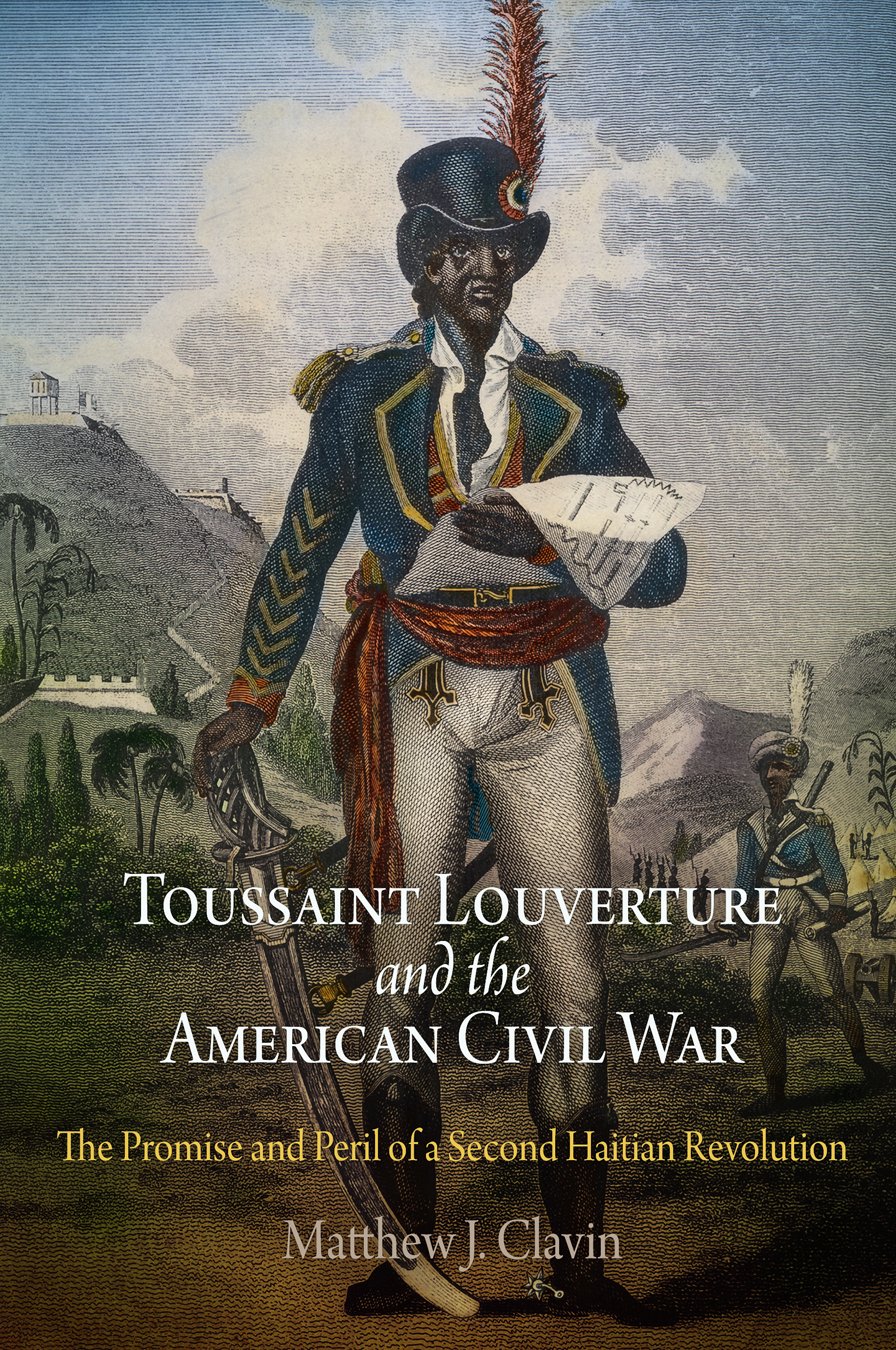Surely we’ve had enough of founders chic. Surely we don’t need another biography of a founder, “fallen” or not. Ordinarily I’d have no trouble agreeing with those statements, but in the case of Nancy Isenberg’s life of Aaron Burr, I’m willing to make an exception. Let me explain why.
When I was growing up, I spent part of the summer in Marietta, Ohio. On August afternoons I would visit the Campus Martius Museum, where I looked at dusty exhibits and absorbed the lore of “the first organized settlement in the Northwest Territory,” as Marietta liked to call itself. Some of the relics on display belonged to Harman and Margaret Blennerhassett, a strange couple who lived on an island in the Ohio River and got themselves involved in the Burr conspiracy. The conspiracy, I found out, was headed by Aaron Burr, the same Burr who killed Alexander Hamilton. Eventually, I grew up and learned more about the conspiracy from Abernethy, Malone, and other biographers and historians. None of them, though, erased the romantic story of Burr and the Blennerhassetts I’d discovered as a child. And so, in picking up Isenberg’s study of Aaron Burr, I arrived with more than the usual investment in her subject but also with a good deal of baggage and with the feeling that Burr was not exactly an A-list founder.
It is to Isenberg’s credit that her brief for the defense (Fallen Founder is very much that) convinces me I’m wrong to assume that founder biography is played out. And I’m certainly wrong, she makes clear, to see Harman Blennerhassett as the “tragic pawn” William Wirt called him at the treason trial (369). On the contrary, not only was Blennerhassett like Burr in many ways, but he was just not that important in Burr’s life. If I can now retire the unfortunate Blennerhassetts, it turns out that Burr, in Isenberg’s capable hands, is part of a story about the founding generation a good deal more interesting than the one we’re used to. His virtues, it seems, have been ignored—Isenberg says he “behaved with greater honesty and directness” (405) than his rivals Hamilton and Jefferson—and it is one of her major themes that Burr has the best feminist credentials of any of the founders.
What was he up to, this strange grandson of Jonathan Edwards? Isenberg gives us an erudite man of the Enlightenment equally skilled as an operator in New York politics. Whatever the charges leveled against him (as in connection with the gubernatorial election of 1792), Isenberg is sure they were unmerited. Clearly, he had his eye on the main chance, but then so did his contemporaries. Unlike them, though, he left little in the way of a paper trail, and trying to figure out what he had in mind, especially once he left the vice presidency in 1805, is a problem that students (including Isenberg) continue to grapple with.
The earlier years are no easier to decipher. We know what Jefferson thought Burr was doing in 1800, but what did Burr think he was doing? Isenberg absolves him of trying to supplant Jefferson. And so the question becomes, in her words, “Why did Jefferson, secure in office, decide to treat Burr as an outsider and exile him from political leadership?” (225). After the election, Burr found himself tangled in New York patronage struggles, and astute though he was, he wasn’t astute enough to come out on top in this case. Besides, for Jefferson, Burr threatened Virginia’s primacy among the Republican faithful. Burr had to go, and Jefferson had no trouble sacrificing him.
What was Burr to do, once the path to further political advancement was barred? The frontier beckoned, as it did for many, but Burr’s notions were wilder and grander than most, and he may have dreamed of arriving in the Ciudad de Mexico like a latter-day Cortes. Nevertheless, the “Burr conspiracy,” as Isenberg shows, was a fabrication by Burr’s enemies. Whatever the goals of his western adventure, they did not include dividing the United States. Isenberg may be too easy on Burr’s notion of invading New Spain (filibustering was illegal), but she’s right to insist that, whatever he intended, it wasn’t treason.
Isenberg breaks new ground in her treatment of Burr’s sexuality and the uses of sexual innuendo to destroy his career. Drawing on her essay “‘The Little Emperor’: Aaron Burr, Dandyism, and the Sexual Politics of Treason,” she explores the scurrilous journalist James Cheetham’s charges that Burr literally seduced a youthful band of followers, including Washington Irving’s brother Edward. One can imagine the use Gore Vidal would have made of this material had it come to his attention when he was writing his novel Burr. But alas for those who would add a founder to the gay pantheon, Isenberg’s Burr is relentlessly hetero.
Burr’s enemies proved all too able, with Hamilton and Jefferson doing everything in their power to destroy him and his reputation. There was something about Burr that brought out the worst in these men. “Hamilton’s charges, all along the way,” Isenberg explains in describing a pattern that began in the 1790s and ended only with the duel, “were outrageous, hypocritical, even hysterical” (263). But at least Hamilton operated more or less openly. Jefferson was another matter. Burr “did not adequately understand Jefferson” (364), who as we know was more than prepared to see him hang.
In 1807, with the end of the trial, it was over. Burr lived until 1836, but Isenberg dispatches those three decades in a chapter of thirty-eight pages, twenty of them covering the period up to his return from Europe in 1812. If other founders—Adams, Jefferson, Madison—had rich old ages, Burr’s last years are summed up with a description of a law suit or two and, inevitably, a few pages on the one woman he should never have met, Madame Jumel. Isenberg’s hero becomes a “stranger” (she quotes a contemporary), a man more suitable for fiction than inscription in the ranks of the founders. The final chapter (among the book’s best) tells us about the words invented for Burr after his death, the novels and dramas (or rather melodramas) that used his reticence to make him whatever authors wanted him to be.
Even Homer nods. Johnson would be surprised that Boswell’s first name is “Samuel” (58), just as the Danish author of Neutral Rights, J. F. W. Schlegel would be to find himself confused with the German Romantic K. F. W. Schlegel (381). Minor errors aside, Fallen Founder is a major advance in our understanding of Burr and his time. Nancy Isenberg is to be congratulated.
Further Reading:
Nancy Isenberg’s “‘The Little Emperor’: Aaron Burr, Dandyism, and the Sexual Politics of Treason” appears in Jeffrey J. Pasley et al., eds., Beyond the Founders: New Approaches to the Political History of the Early American Republic (Chapel Hill, N.C., 2004): 129-58.
This article originally appeared in issue 8.3 (April, 2008).
Herbert Sloan is chair of the department of history at Barnard College, Columbia University. He is the author of Principle and Interest: Thomas Jefferson and the Problem of Debt (1995). He is now at work on a life of Nancy Randolph—inevitably, given the size of the early republic’s elite, she and Burr knew many of the same people. He has yet to figure out whether that has any significance.



















